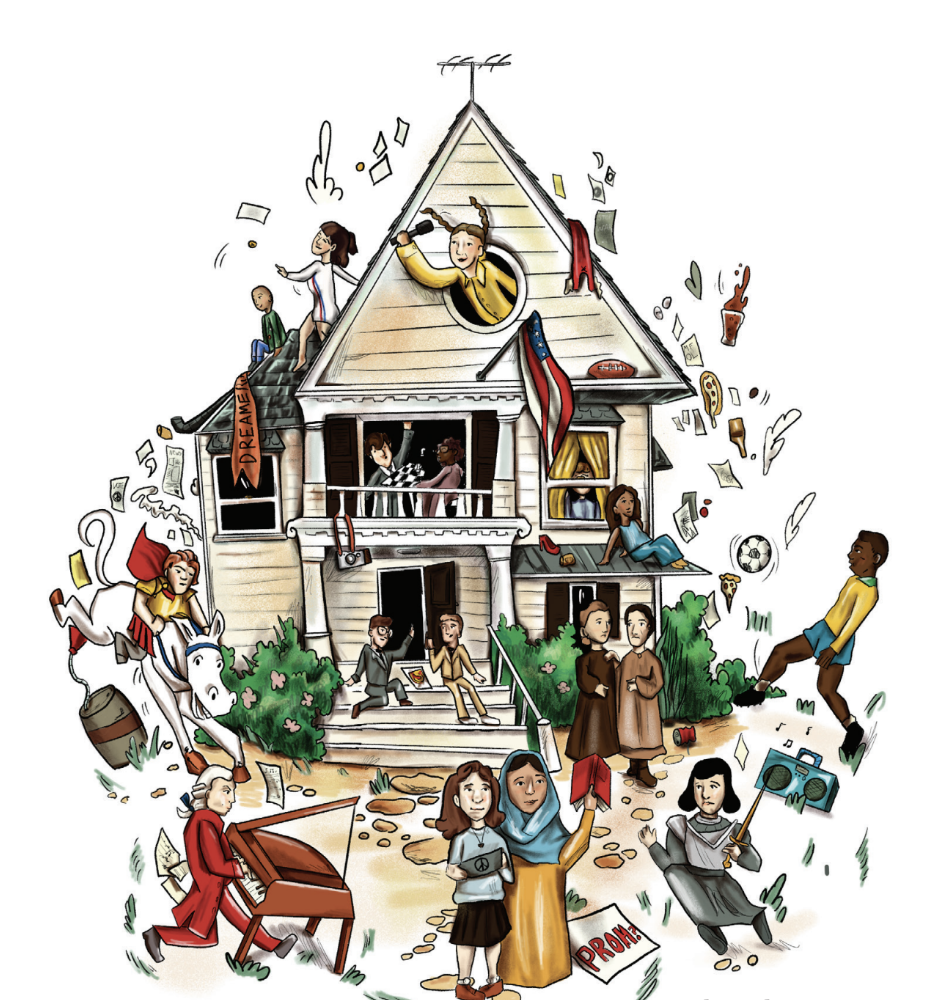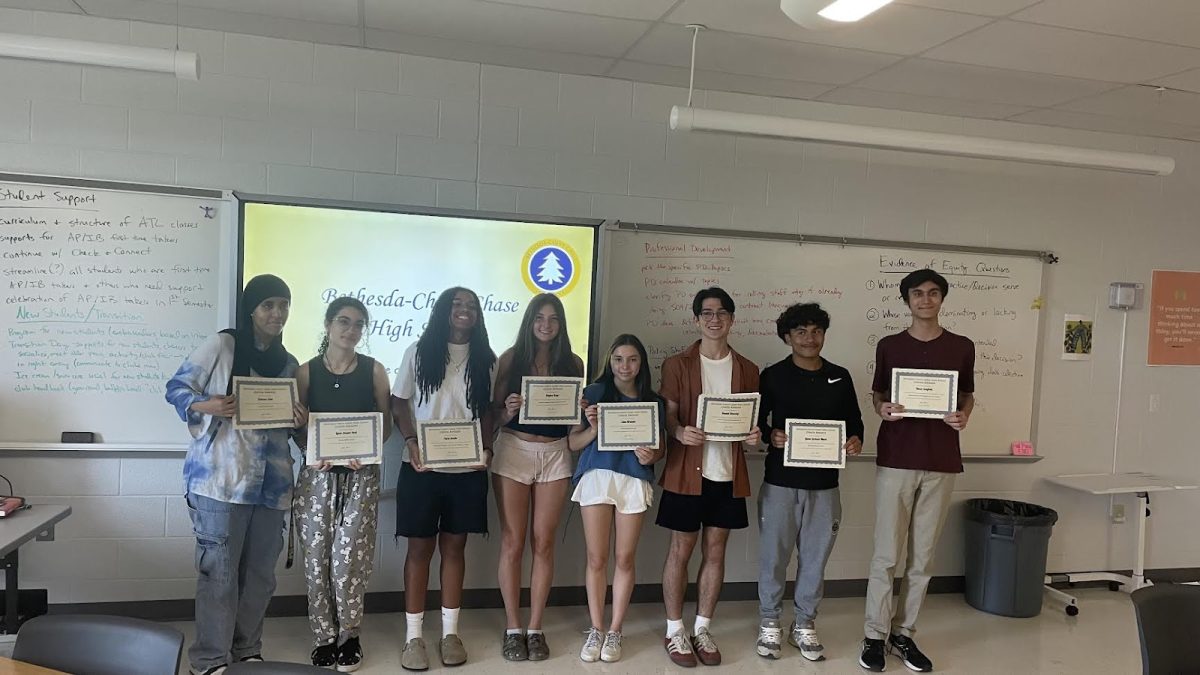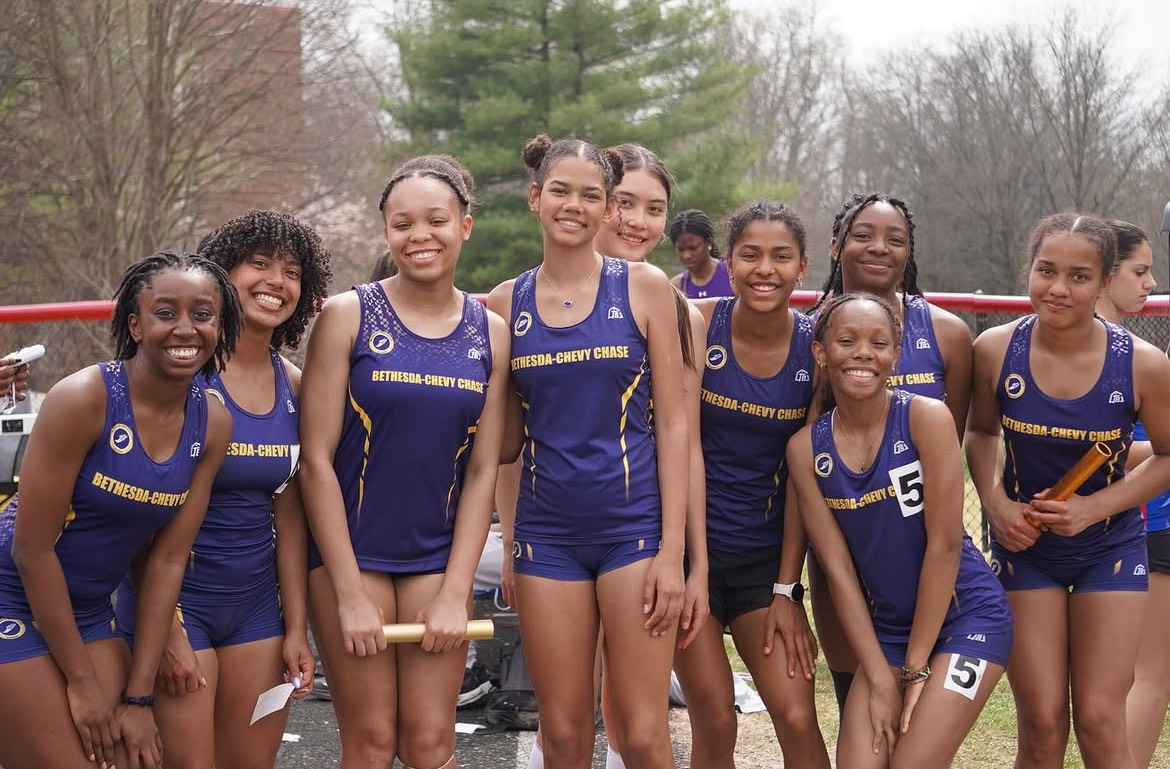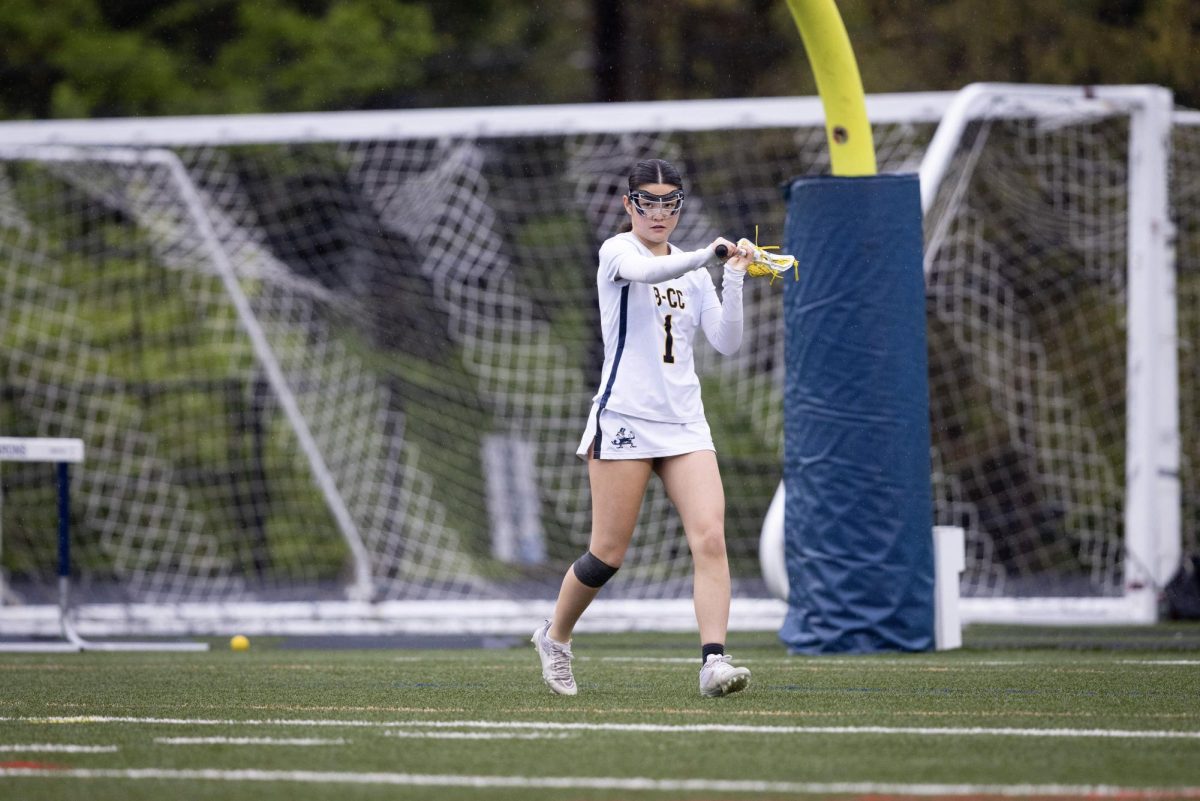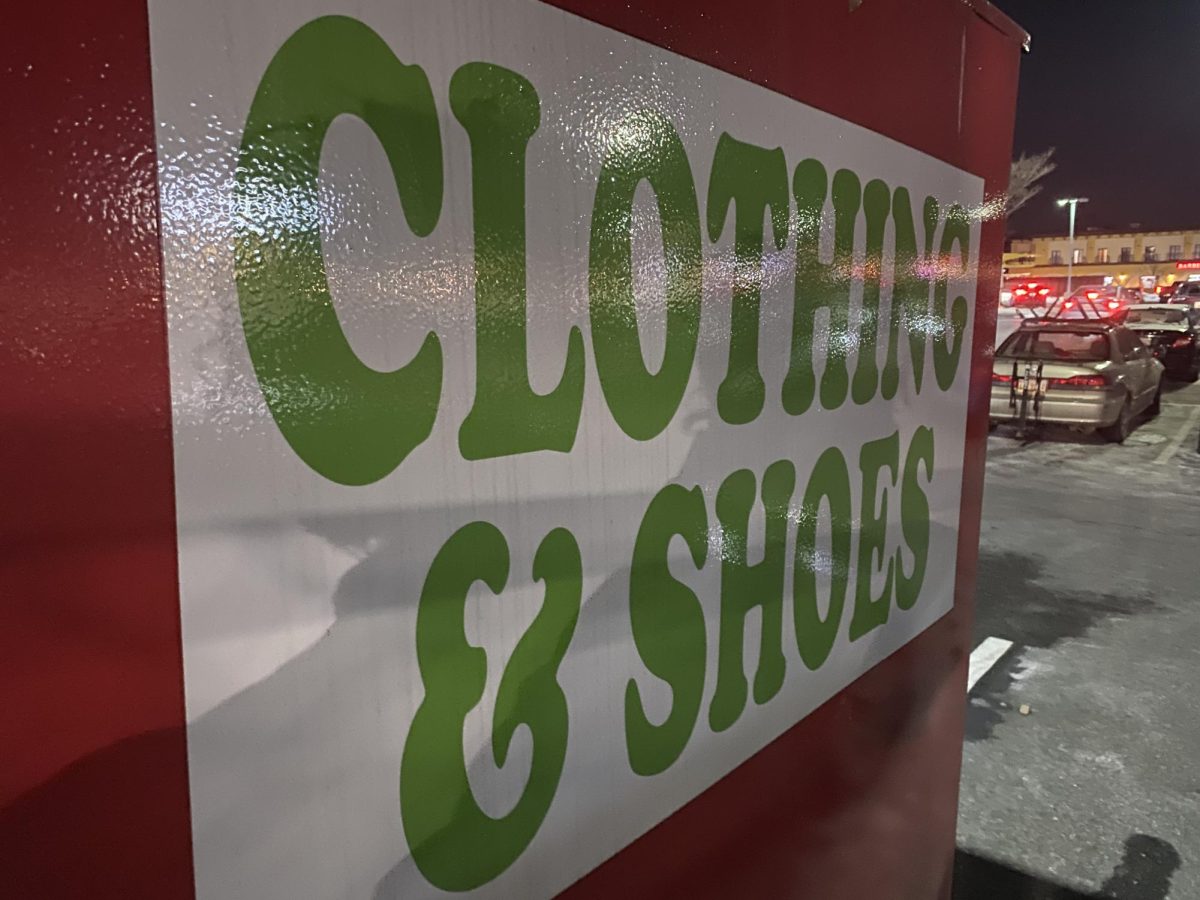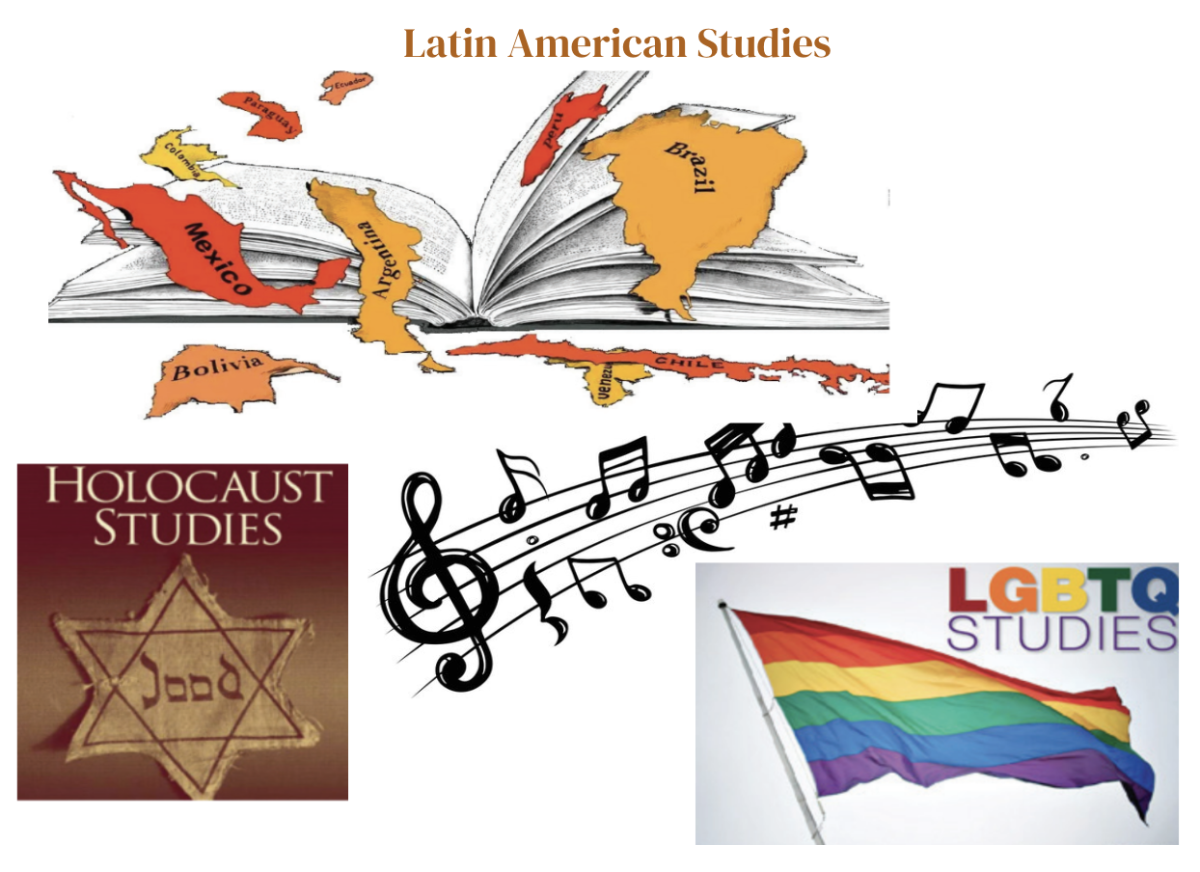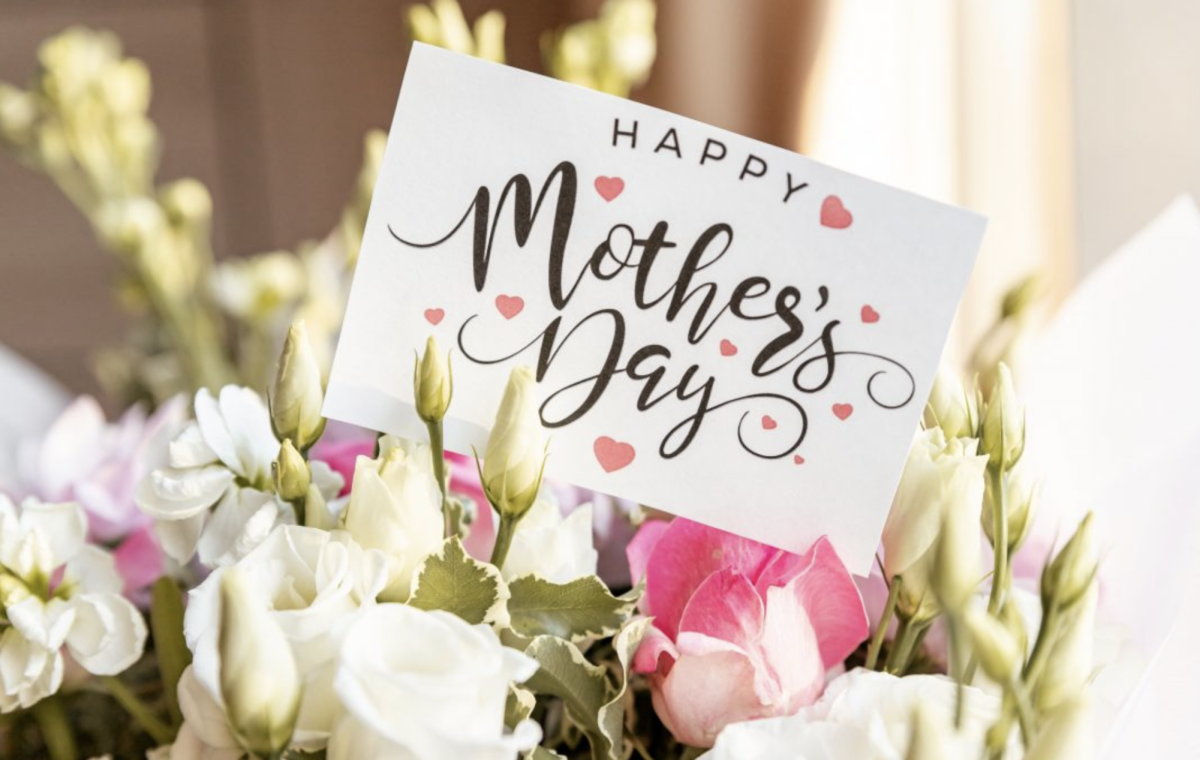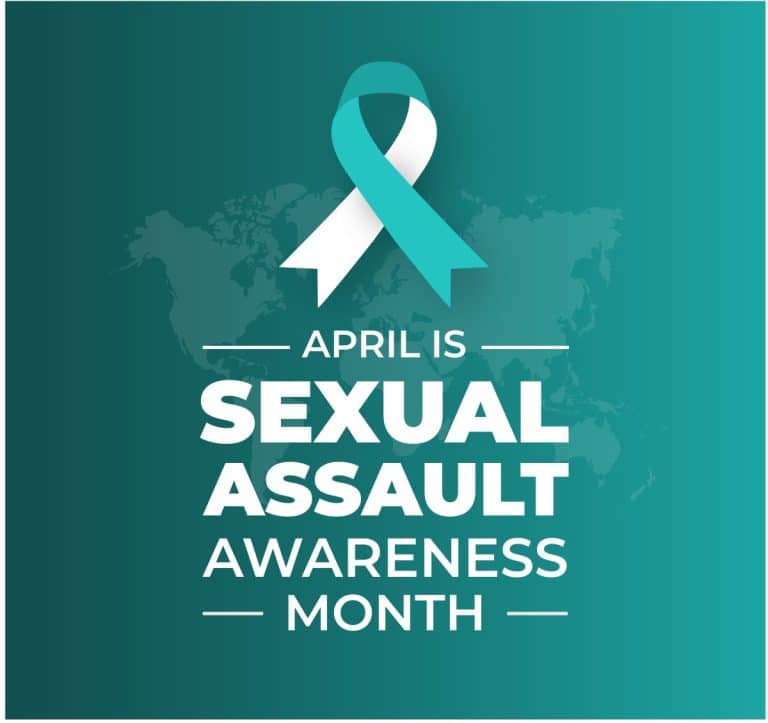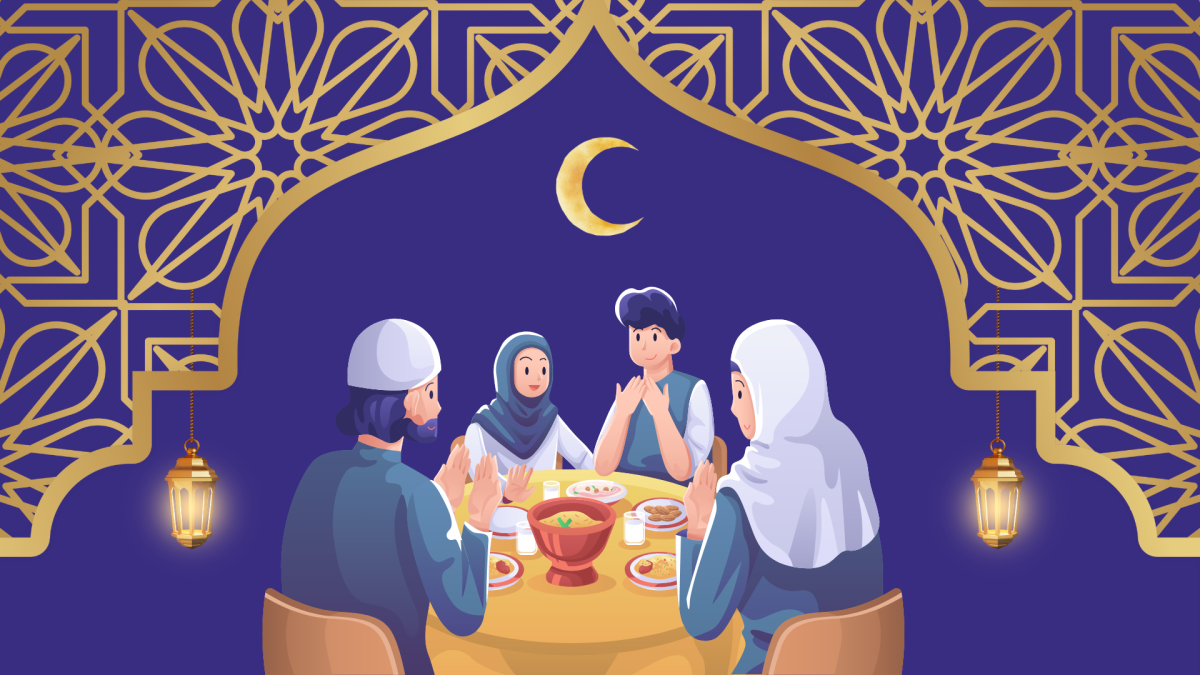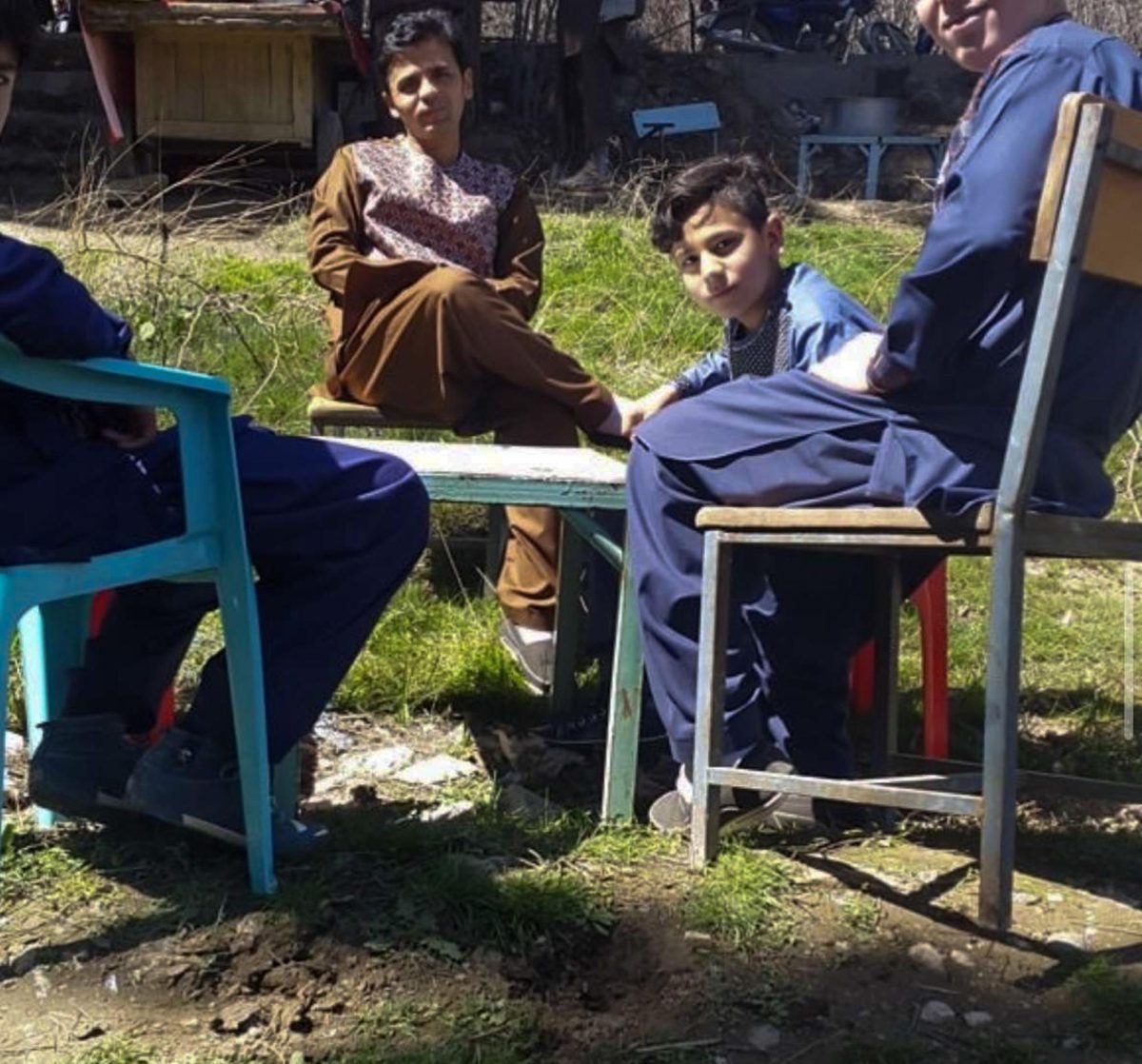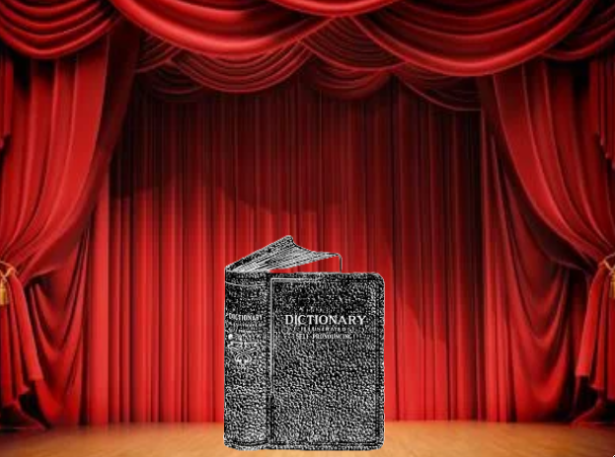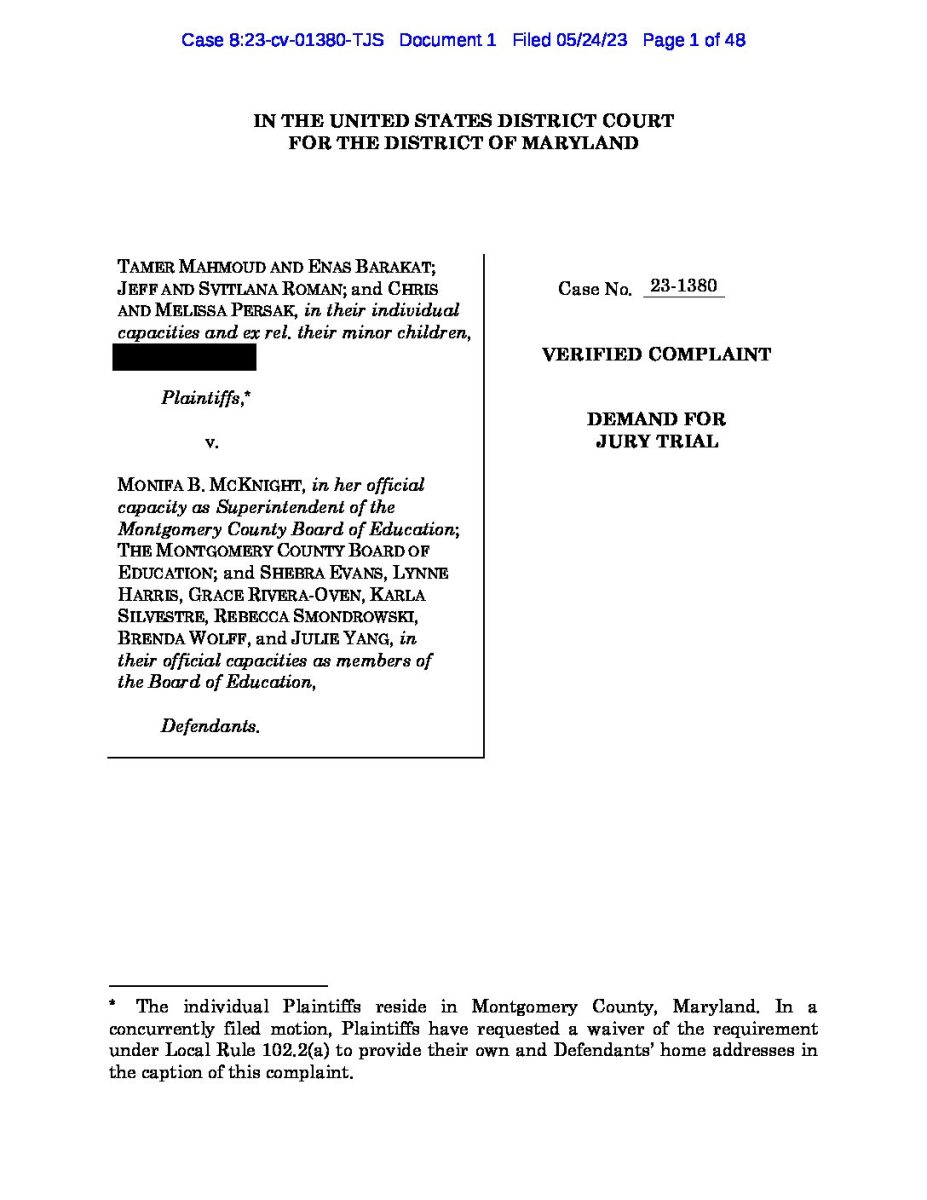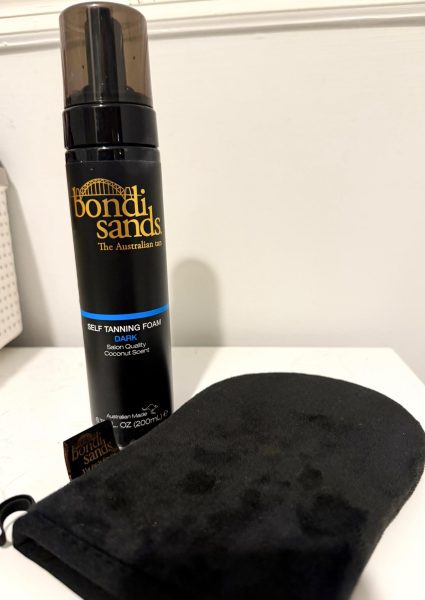Black Trauma Shouldn’t be the Only Black Art You’re Consuming
I, a Black person, would prefer not to watch a documentary series on the transatlantic slave trade because I happened to watch Donald Glover’s “Atlanta.”
The moment my computer figured out that I was Black was the last time I was recommended any show that remotely interested me. Maybe it’s atypical of me, but I don’t think I am alone when I say that I, a Black person, would prefer not to watch a documentary series on the transatlantic slave trade because I happened to watch Donald Glover’s Atlanta. Nor do I want to see an entire section of Black authors devoted to childhood stories of police brutality.
It doesn’t feel like we’re progressing when I get asked on the yearly student survey if I feel comfortable engaging in conversations about race in my English class, and I find myself leaving answers blank so that I don’t have to engage in a discussion about diversity and acceptance with the administration. B-CC is overwhelmingly white, and this is not exclusive to the student body because all of my English teachers thus far were also white. I have been taught units on racial inequality in America, and, while that’s not to disregard the importance of talking about these issues and the good intentions behind these discussions, it’s disconcerting that it’s consistently been from the white perspective.
Every year that I have been enrolled in the American public education system, a white teacher has taught a predominantly white class about some sort of Black trauma, but never Black joy. I disagree with the argument of W.E.B. DuBois, who would criticize the work of Zora Neale Hurston for not depicting the realities of Blackness because she focused on Black joy in her novels. Her pioneering work is not as widely read in English classrooms as the classic To Kill A Mockingbird. Don’t pat yourself on the back, as this isn’t exclusive to the English department: you’re probably doing it yourself.
We live in an age where teenagers are bombarded with the constant realities of the tragic deaths of Black people on Chicago’s “O Block,” but their songs will be listened to by millions of white teenagers across the country. You cannot claim to understand Black culture when your only perception is the violence glorified by Adam22 (host of No Jumper) or DJ Akademics (or the War of Chiraq), commentators who have been accused of inflaming tensions between gangs in Chicago’s South Side.
Some may argue that there are virtually no stories written with Black characters who don’t face some sort of racial trauma. However, many of these narratives focus purely on Black trauma to “appease” white audiences who wish to feel they are engaged in some sort of activism via their consumption. James Baldwin noted this in his 1949 essay “Everybody’s Protest Novel” by critiquing Uncle Tom’s Cabin. He remarked, “What constriction or failure of perception forced [Harriet Beecher Stowe] to so depend on the description of brutality—unmotivated, senseless—and to leave unanswered and unnoticed the only important question: what it was, after all, that moved her people to such deeds.”
So what’s the solution? Ignore the realities of issues both internally and externally involving Black people? No, but Hurston’s revolutionary approach of writing about love stories and the communities where Blackness thrives, feels correct. I especially prefer it over the ostracization of being called on by white teachers to talk about how I have been affected by my race or simply stared at for approval to see if I’m being treated correctly.
Stories that are mainstreamed focus on how we Black people have been hurt by society and will therefore never be like our white peers. As a result, the few stories about Black people where we do—quite frankly—normal things, are therefore unimaginable. Stories that don’t fit the trope of racial trauma are often, ironically, only consumed by Black audiences.
It’s time for everyone to create, witness, and share Black joy.
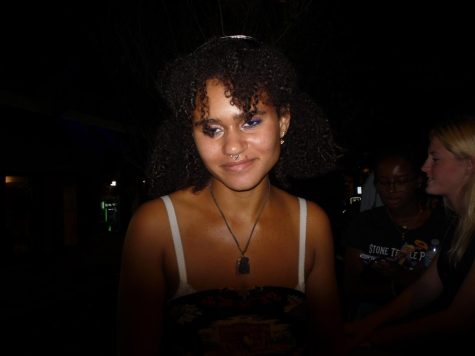
Nabou Thiam, a B-CC junior, serves as a Tattler writer and specializes in Features. With her drive and passion for writing, she's taken several summer...
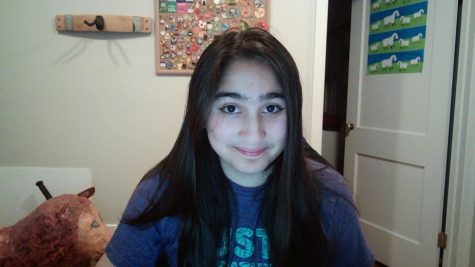
Claire Wang, a B-CC senior, serves as the Co-Director for The Tattler's Art Team and a contributing writer. She also has two dogs and two cats.



